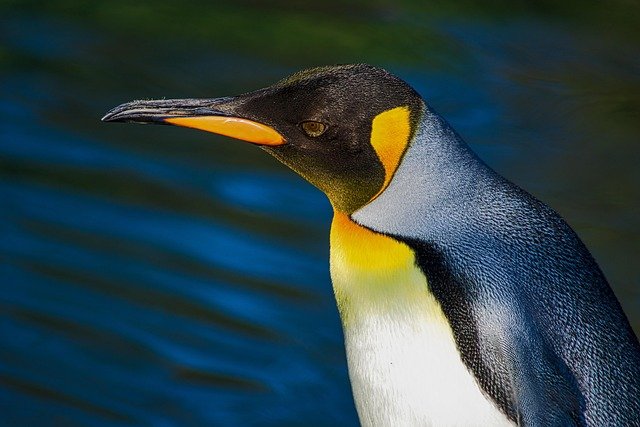**Title: "The Social Dynamics of Penguin Colonies: Understanding Hierarchies and Relationships"**

The Social Dynamics of Penguin Colonies: Understanding Hierarchies and Relationships
Penguins are fascinating creatures that have captivated the hearts of many with their unique appearance and behavior. One of the most intriguing aspects of their lives is the social dynamics within their colonies. In this post, we will explore the hierarchies and relationships that define these vibrant communities.
The Structure of Penguin Colonies
Penguin colonies can vary significantly in size, ranging from a few dozen to several thousand individuals. Within these colonies, social structures emerge that are crucial for their survival and reproduction.
Hierarchical Systems
Dominance Hierarchies: Penguins often establish a pecking order, where dominant individuals have priority access to resources such as food and nesting sites. This hierarchy is not static; it can change based on factors like age, health, and breeding success.
Mating Relationships: Many species of penguins form long-term monogamous bonds during the breeding season. These relationships are essential for cooperative breeding, where both parents share responsibilities in incubating eggs and feeding chicks.
Social Bonds: Penguins engage in various social interactions, including vocalizations and physical displays, to strengthen bonds within their groups. These interactions help to maintain social cohesion and reduce conflicts.
Communication and Social Interactions
Penguins are highly social birds that rely on vocalizations and body language to communicate with one another.
Vocalizations: Each species has a distinct set of calls that serve different purposes, such as attracting mates, warning of predators, or coordinating group activities. For example, Emperor Penguins have unique calls that help partners locate each other in crowded colonies.
Physical Displays: Penguins often engage in physical displays, such as bowing or flipper waving, to establish dominance or court potential mates. These displays play a crucial role in maintaining the social structure of the colony.
The Role of Environmental Factors
The social dynamics of penguin colonies are also influenced by environmental factors.
Resource Availability: In years of abundant food, colonies can support larger populations, leading to increased social interactions. Conversely, during food shortages, competition can intensify, disrupting established hierarchies.
Predation Pressure: The presence of predators can impact social behavior, as penguins may band together for protection. This collective behavior can strengthen social bonds among individuals.
Conclusion
Understanding the social dynamics of penguin colonies offers valuable insights into the complexities of their behavior and relationships. These social structures are not only fascinating but also essential for their survival in the harsh environments they inhabit. As we continue to study these remarkable birds, we gain a deeper appreciation for the intricate social lives of penguins and their ability to thrive in challenging conditions.
Feel free to share your thoughts or experiences with penguins in the comments below! 🐧
